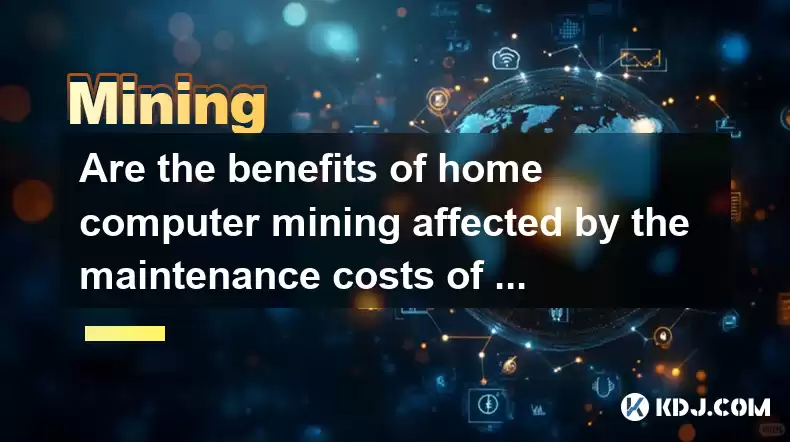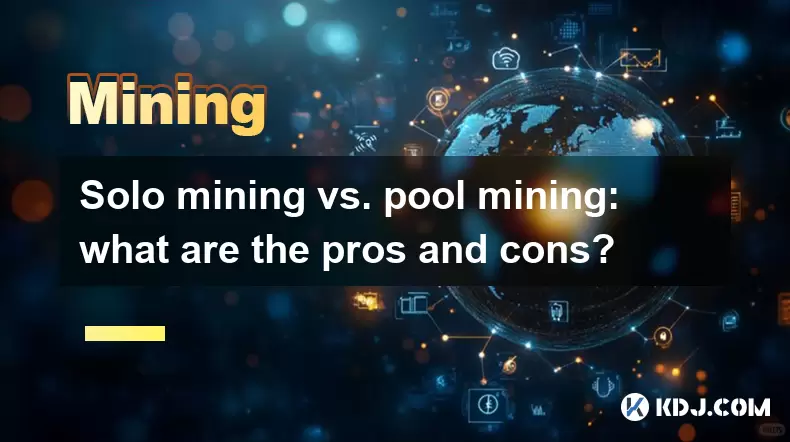-
 Bitcoin
Bitcoin $114200
0.00% -
 Ethereum
Ethereum $3637
0.56% -
 XRP
XRP $2.950
-2.01% -
 Tether USDt
Tether USDt $0.9999
0.02% -
 BNB
BNB $761.0
0.55% -
 Solana
Solana $164.1
-1.38% -
 USDC
USDC $0.9999
0.02% -
 TRON
TRON $0.3332
0.36% -
 Dogecoin
Dogecoin $0.2012
-0.52% -
 Cardano
Cardano $0.7261
-1.41% -
 Hyperliquid
Hyperliquid $37.62
-2.13% -
 Stellar
Stellar $0.3930
-2.65% -
 Sui
Sui $3.441
-0.16% -
 Bitcoin Cash
Bitcoin Cash $563.8
0.70% -
 Chainlink
Chainlink $16.50
0.09% -
 Hedera
Hedera $0.2424
-0.14% -
 Ethena USDe
Ethena USDe $1.001
0.01% -
 Avalanche
Avalanche $22.20
0.00% -
 Litecoin
Litecoin $118.0
-2.48% -
 UNUS SED LEO
UNUS SED LEO $8.991
0.12% -
 Toncoin
Toncoin $3.195
-3.87% -
 Shiba Inu
Shiba Inu $0.00001217
0.12% -
 Uniswap
Uniswap $9.674
-0.21% -
 Polkadot
Polkadot $3.633
1.00% -
 Monero
Monero $295.3
-0.82% -
 Dai
Dai $0.9999
0.00% -
 Bitget Token
Bitget Token $4.321
-0.41% -
 Cronos
Cronos $0.1392
0.73% -
 Pepe
Pepe $0.00001027
-0.89% -
 Aave
Aave $258.5
0.32%
Are the benefits of home computer mining affected by the maintenance costs of mining equipment?
Home computer mining profitability hinges on managing electricity costs and equipment maintenance, including repairs, part replacements, and potential upgrades; fluctuating cryptocurrency prices further impact returns regardless of maintenance expenses.
Mar 25, 2025 at 03:15 pm

Key Points:
- Home computer mining profitability is directly impacted by electricity costs and equipment maintenance.
- Maintenance includes repair, replacement of parts, and potential upgrades.
- The initial cost of mining hardware significantly influences long-term profitability.
- Hashrate decline due to wear and tear reduces mining efficiency.
- The fluctuating cryptocurrency market affects the return on investment regardless of maintenance costs.
Are the benefits of home computer mining affected by the maintenance costs of mining equipment?
Yes, the benefits of home computer mining are significantly affected by the maintenance costs of the mining equipment. While the initial investment in hardware is a major factor, ongoing maintenance expenses can quickly erode profits, or even turn a profitable operation into a loss-making one. Understanding these costs is crucial before embarking on home cryptocurrency mining.
The most obvious maintenance cost is electricity consumption. Mining rigs are power-hungry, and electricity prices vary widely geographically. High electricity costs can easily outweigh any potential profits, especially for less-efficient hardware. Careful calculation of electricity usage and cost per kilowatt-hour is essential for accurate profitability projections.
Beyond electricity, mining equipment requires regular maintenance. This includes cleaning fans to prevent overheating and ensure optimal performance, replacing failing components like hard drives or power supplies, and addressing potential issues with cooling systems. Neglecting these tasks can lead to premature hardware failure, resulting in costly repairs or replacements.
The lifespan of mining hardware is another critical factor. As components age, their hashrate – the speed at which they solve cryptographic problems – declines. This directly impacts your earning potential. While some components are designed for durability, wear and tear is inevitable, necessitating eventual replacement. This replacement cost needs to be factored into the long-term profitability equation.
The cost of repairs can vary greatly depending on the complexity of the issue and the availability of replacement parts. For specialized ASIC miners, sourcing parts can be challenging and expensive, potentially leading to significant downtime and lost revenue while awaiting repairs. Simple fixes might be manageable, but major repairs could easily wipe out profits for several weeks or months.
Upgrades are another aspect of maintenance. The cryptocurrency mining landscape is constantly evolving. More efficient hardware is regularly released, rendering older equipment less competitive. To maintain profitability, miners might need to upgrade their rigs periodically, incurring substantial costs. This constant "arms race" in hardware can quickly drain resources.
Software maintenance is often overlooked. Mining software requires updates to maintain optimal performance and security. These updates often incorporate bug fixes and performance improvements crucial for efficient operation. Neglecting software updates can lead to decreased efficiency or even security vulnerabilities.
Furthermore, the fluctuating price of cryptocurrencies plays a significant role. Even with minimal maintenance costs, if the value of the mined cryptocurrency drops dramatically, the profits – or even the possibility of profit – will diminish significantly. This market volatility is a risk independent of the equipment's maintenance.
The initial investment in high-quality, durable equipment can mitigate some maintenance costs in the long run. However, even with the best hardware, consistent maintenance and potential repair or replacement costs must be accounted for when assessing the profitability of home computer mining.
Frequently Asked Questions:
Q: How often should I perform maintenance on my mining equipment?
A: Regular cleaning (dust removal) should be done at least monthly. More frequent checks for overheating or unusual noise are recommended. You should also monitor your equipment's performance metrics regularly to identify potential problems early.
Q: What are the common causes of failure in mining hardware?
A: Overheating is a major culprit. Failing power supplies, hard drive failures, and wear and tear on fans and other moving parts are also frequent issues. Dust accumulation can significantly contribute to overheating.
Q: How can I reduce maintenance costs?
A: Invest in high-quality equipment initially. Ensure adequate cooling and ventilation. Regularly monitor your hardware's performance and address issues promptly. Consider preventative maintenance practices like regular cleaning and component inspections.
Q: What is the average lifespan of mining hardware?
A: This varies greatly depending on the equipment, its usage, and the quality of maintenance. Generally, you can expect a lifespan ranging from a few months to several years, with performance degradation often occurring over time.
Q: Where can I find replacement parts for my mining equipment?
A: Many online retailers specialize in mining hardware and parts. You may also be able to find parts from the original manufacturer or through specialized repair services. However, availability and cost can vary considerably.
Disclaimer:info@kdj.com
The information provided is not trading advice. kdj.com does not assume any responsibility for any investments made based on the information provided in this article. Cryptocurrencies are highly volatile and it is highly recommended that you invest with caution after thorough research!
If you believe that the content used on this website infringes your copyright, please contact us immediately (info@kdj.com) and we will delete it promptly.
- Ethereum, Transaction Volumes, and SEC Staking: Navigating the Regulatory Landscape
- 2025-08-06 22:30:13
- Crypto, Tokens, and Metrics: Navigating the New Frontier
- 2025-08-06 23:09:22
- Crypto Market Buzz: PROVE Surges as Coinbase, Binance List Token
- 2025-08-06 22:30:13
- BlockSack Who? Base Network and Layer 2s Shake Up the Crypto Scene
- 2025-08-06 23:10:13
- Brazil, Bitcoin, Hearing Date: Is Brazil About to Embrace Bitcoin?
- 2025-08-06 20:30:38
- Stabull DEX on Base Chain: A New Era for Stablecoins?
- 2025-08-06 20:47:53
Related knowledge

What are the differences between mining on Windows vs. Linux?
Aug 06,2025 at 11:29pm
Overview of Cryptocurrency Mining PlatformsCryptocurrency mining involves using computational power to solve complex cryptographic puzzles and validat...

How to build a mining rig inside a PC case?
Aug 06,2025 at 11:01pm
Understanding the Basics of a Mining Rig in a PC CaseBuilding a mining rig inside a PC case involves transforming a standard computer chassis into a d...

How to use a server PSU for a crypto mining rig?
Aug 06,2025 at 08:39pm
Understanding Server PSUs and Their Relevance to Crypto MiningCrypto mining rigs demand stable, high-wattage power supplies to run multiple GPUs effic...

Solo mining vs. pool mining: what are the pros and cons?
Aug 06,2025 at 08:15pm
Understanding Solo Mining in CryptocurrencySolo mining refers to the process where an individual miner attempts to solve a block on their own without ...

What was the highest APY for IRON mining?
Jul 23,2025 at 05:14am
Understanding IRON Token and Its Mining MechanismThe IRON token is a stablecoin that operates within the Iron Finance ecosystem, primarily on blockcha...

What is impermanent loss in IRON pools?
Jul 23,2025 at 09:00am
Understanding Impermanent Loss in the Context of IRON PoolsImpermanent loss is a phenomenon that affects liquidity providers in decentralized finance ...

What are the differences between mining on Windows vs. Linux?
Aug 06,2025 at 11:29pm
Overview of Cryptocurrency Mining PlatformsCryptocurrency mining involves using computational power to solve complex cryptographic puzzles and validat...

How to build a mining rig inside a PC case?
Aug 06,2025 at 11:01pm
Understanding the Basics of a Mining Rig in a PC CaseBuilding a mining rig inside a PC case involves transforming a standard computer chassis into a d...

How to use a server PSU for a crypto mining rig?
Aug 06,2025 at 08:39pm
Understanding Server PSUs and Their Relevance to Crypto MiningCrypto mining rigs demand stable, high-wattage power supplies to run multiple GPUs effic...

Solo mining vs. pool mining: what are the pros and cons?
Aug 06,2025 at 08:15pm
Understanding Solo Mining in CryptocurrencySolo mining refers to the process where an individual miner attempts to solve a block on their own without ...

What was the highest APY for IRON mining?
Jul 23,2025 at 05:14am
Understanding IRON Token and Its Mining MechanismThe IRON token is a stablecoin that operates within the Iron Finance ecosystem, primarily on blockcha...

What is impermanent loss in IRON pools?
Jul 23,2025 at 09:00am
Understanding Impermanent Loss in the Context of IRON PoolsImpermanent loss is a phenomenon that affects liquidity providers in decentralized finance ...
See all articles

























































































